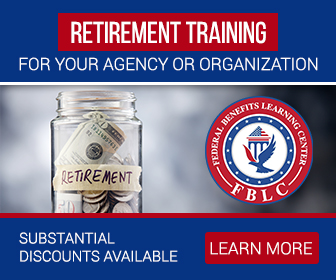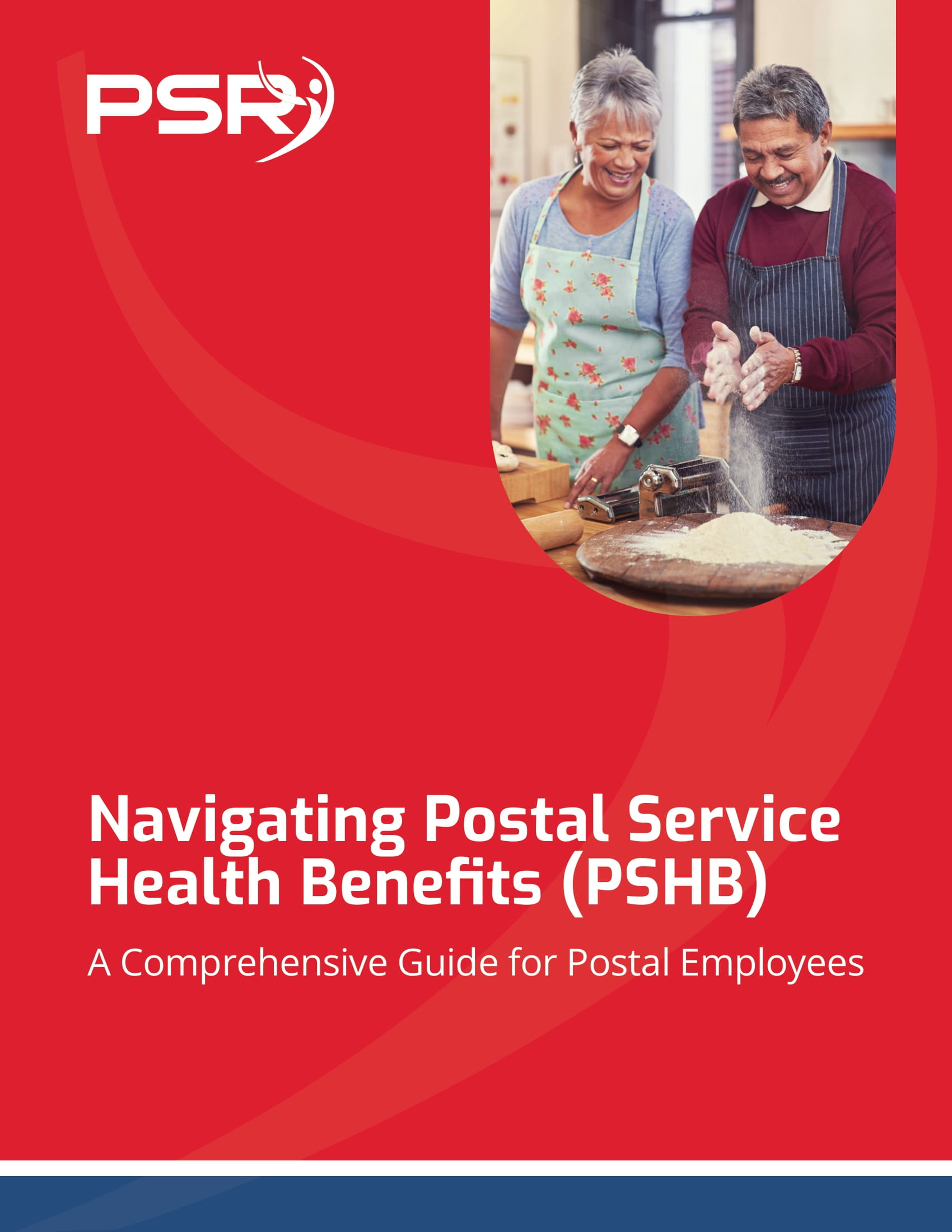Key Takeaways:
-
The federal benefits package is packed with hidden gems that can either boost or limit your retirement, depending on how well you understand and manage them.
-
Overlooking key benefits like your pension, healthcare options, or Thrift Savings Plan (TSP) contributions could lead to financial surprises down the road—ones you definitely want to avoid.
When it comes to retirement, we all dream of financial freedom and security. For those of us in the public sector, the federal perks can make that dream a reality—but only if you know what you’re working with. You might think your pension and a couple of retirement savings accounts are enough, but trust me, there’s more to the federal benefits system than meets the eye.
Your Pension: The Foundation, But Not the Whole Story
- Also Read: Divorce and Your Federal Pension—What Happens When You Split Assets and How It Could Affect Your TSP
- Also Read: What Happens to Your Federal Benefits After Divorce? Here’s the Lowdown
- Also Read: The Best FEHB Plans for 2025: Which One Fits Your Lifestyle and Budget the Best?
If you retire at your Minimum Retirement Age (MRA), you’ll get a full annuity, but if you take early retirement (MRA + 10), be ready for some cuts. The annuity could be reduced by 5% for every year you’re under 62. So, timing is crucial here. Some of us think about early retirement, but unless you have another solid income source or large savings to offset that reduction, you might want to hold off.
TSP: The Federal 401(k) with Serious Potential
The Thrift Savings Plan (TSP) is often referred to as the federal version of a 401(k), but let’s be real—it’s a lot more than that. Matching contributions from your agency (up to 5%) mean free money. If you’re not contributing enough to get the full match, you’re walking away from free cash. Plus, the TSP’s low fees make it one of the best deals in retirement savings.
The TSP funds range from super conservative (like the G Fund, which is government securities) to more aggressive stock options like the C Fund. The trick is finding the right balance based on your risk tolerance. As of 2024, you can contribute up to $23,000 per year to your TSP, with an extra $7,500 allowed if you’re over 50. That’s a huge advantage if you’re looking to boost your savings quickly before you retire. And if you haven’t increased your contributions recently, this is your reminder to take a good, hard look at your TSP account.
Healthcare: Don’t Underestimate Its Impact
Healthcare is one of those things we don’t think much about until we need it—and in retirement, you’ll need it. The Federal Employees Health Benefits (FEHB) program is a goldmine for retirees. The beauty of FEHB is that you can carry it into retirement, and you don’t even have to enroll in Medicare Part B if you don’t want to—though doing so might save you money in the long run by lowering your out-of-pocket costs. However, as of 2025, if you’re a postal worker, the Postal Service Health Benefits (PSHB) program will replace FEHB for you.
In 2024, FEHB premiums are expected to rise, and by 2025, we’re looking at a hefty 13.5% increase. That might sound like a lot, but keep in mind that many private-sector retirees pay much more for comparable coverage. To make your healthcare dollars stretch, think about pairing your FEHB or PSHB with Medicare when you hit 65.
FEGLI: Insurance That’s Not Always Worth the Cost
The Federal Employees’ Group Life Insurance (FEGLI) program might seem like a no-brainer while you’re still working, but the story changes as you approach retirement. The premiums for Option B—extra coverage beyond your basic policy—skyrocket as you age. By the time you’re nearing retirement, the costs can be overwhelming, which is why many federal employees choose to drop FEGLI and look for alternatives. If you’re already retired and still hanging onto FEGLI, it’s worth running the numbers to see if the premiums still make sense for you.
The good news? Your basic FEGLI coverage is paid for by your agency while you’re employed, and you can keep a portion of it after you retire without paying a premium. But for anything extra, you’ll likely be better off checking out other options.
Sick Leave and Annual Leave: Every Hour Counts
If you’ve been diligently banking your sick leave, congratulations—you’ve got yourself a quiet retirement boost. Under FERS, unused sick leave gets added to your creditable service, meaning it increases your total years of service for pension calculations. This can be the difference between a larger annuity or just squeezing by. As of 2024, every day counts when it comes to how much you’re walking away with.
Annual leave is another hidden gem. Unlike sick leave, which gets rolled into your retirement calculation, annual leave gets paid out in a lump sum when you retire. This is a nice little cushion to have as you make the transition from a steady paycheck to living on retirement income.
Survivor Benefits: Plan Ahead
Don’t forget your loved ones when mapping out your retirement. Survivor benefits allow your spouse or another beneficiary to receive a portion of your annuity if you pass away. While this reduces your own monthly payment, it could be a lifeline for your spouse. As of 2024, you can choose between full, partial, or no survivor benefits. The cost of providing a full survivor benefit to your spouse is a 10% reduction in your annuity, but it ensures they’ll continue receiving 50% of your benefit after you’re gone. Think long and hard before opting out of this—you don’t want to leave your spouse unprotected.
Retirement Timing: Don’t Rush the Finish Line
Retirement is all about timing. Sure, you might be itching to hang up your work hat as soon as you hit your Minimum Retirement Age, but if you wait until you’re 62, your benefits improve significantly. Waiting just a few more years can mean a higher annuity, the addition of cost-of-living adjustments, and no reductions for early retirement.
If you’re considering early retirement, be cautious. As of 2024, the MRA for most federal employees is between 55 and 57, but retiring at the MRA means a reduced annuity if you’re under 62. The closer you get to 62, the more attractive your retirement package looks. It’s all about weighing whether the freedom of early retirement is worth the long-term financial trade-off.
Don’t Miss Out on These Federal Gems
At the end of the day, your federal retirement package is full of valuable perks that can either help you live comfortably in retirement or leave you wishing you had paid more attention. Whether it’s your pension, TSP, healthcare, or insurance, each piece of the puzzle plays a role in your future financial security. Don’t leave these gems unexplored—it’s your retirement, and making the right moves now can make all the difference later on.












